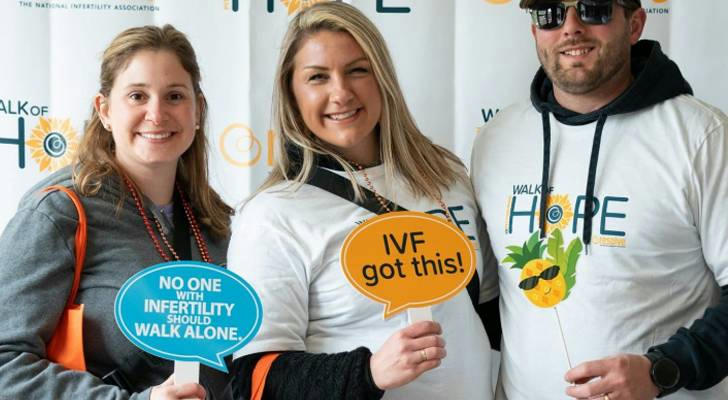IVF in the U.S.: A Path of Hope, Not Fear

How Financial Aid and Nonprofits Are Making Parenthood Possible for Everyone
💔 The Silent Struggle of Infertility
Infertility affects millions of couples in the United States—emotionally, physically, and financially. The desire to have a child is deeply personal, and when that dream is delayed or derailed, it can feel isolating. Couples often face feelings of shame, grief, and frustration, especially when friends and family members seem to start families effortlessly.
Before pursuing treatment, many people go through months—or even years—of emotional turmoil. They may ask:
“Why us?”
“What are we doing wrong?”
“Can we even afford help?”
It’s important to know: You are not alone.
And more importantly—you are not without options.
🧬 What Is IVF and How Does It Work?
In Vitro Fertilization (IVF) is one of the most effective fertility treatments available today. It involves retrieving eggs from the ovaries, fertilizing them with sperm in a lab, and then transferring a healthy embryo into the uterus.
Though IVF is often perceived as complex and expensive, medical advancements and financial support systems have made it far more accessible than many people realize.
💸 Why IVF Doesn’t Have to Break the Bank
The cost of a single IVF cycle can range from $12,000 to $20,000. While that figure can be daunting, many patients do not pay the full amount thanks to nonprofit grants, insurance coverage, and financial aid programs. Here are just a few ways people are making IVF affordable:
💕 Nonprofit Support Programs That Make a Difference
1. Baby Quest Foundation
Grants of up to $10,000 to support IVF, surrogacy, and egg/sperm donation. Open to couples and individuals regardless of marital status or sexual orientation.
2. Cade Foundation – Family Building Grant
Offers up to $10,000 annually for IVF or adoption-related costs. Applicants share their story and undergo a selection process based on need and potential.
3. Gift of Parenthood
Provides quarterly grants that cover IVF, IUI, donor cycles, egg freezing, and more. Especially supportive for LGBTQ+ and single parents.
4. LIVESTRONG Fertility
For cancer patients undergoing treatment that may affect fertility. Offers financial support for egg and sperm freezing and IVF post-treatment.
5. Team Maggie for a Cure
Specializes in grants for egg and sperm preservation in young adults with cancer.
🏛️ Are There Government Programs?
While there is no federal IVF grant program, some states like Massachusetts, Illinois, and New Jersey require insurance providers to cover fertility treatments, including IVF. Medicaid generally doesn’t cover IVF, but certain veterans and active-duty military personnel may qualify for IVF through the VA or TRICARE programs.
🌈 Real Stories of Resilience and Joy
Emily and James, a couple from North Carolina, struggled with infertility for four years. After receiving a $10,000 grant from the Cade Foundation, they successfully conceived through IVF. “We cried when we saw the positive test,” Emily said. “We didn’t just receive financial help—we got hope.”
Maria, a breast cancer survivor, froze her eggs through LIVESTRONG Fertility before chemotherapy. Three years later, she used IVF to conceive her daughter. “Cancer didn’t take away my future,” she said. “It just gave me a new path to it.”
🌟 Why You Shouldn’t Wait
IVF is not only a medical procedure—it’s a beacon of hope. And thanks to the growing ecosystem of grants, insurance coverage, and nonprofit support, it’s no longer out of reach.
So if you’re considering treatment, don’t let cost or fear stop you. There’s a community ready to support you—and science ready to help you grow your family.
📌 Helpful Links and Next Steps:
✅ Learn about your state’s IVF coverage laws
✅ Apply for nonprofit grants: Visit the foundations listed above
✅ Talk to your doctor about your fertility options
✅ Connect with support groups online and locally
- .: (Other content)
